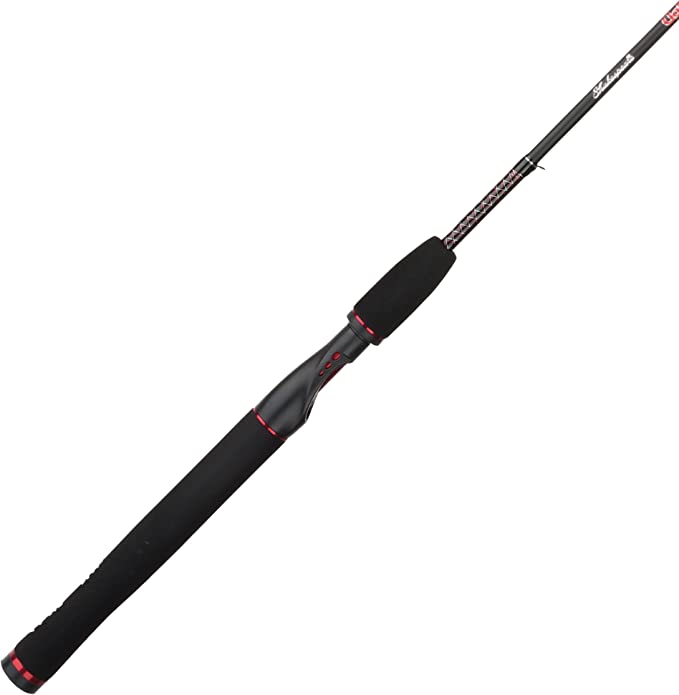The N-Type Advantage: Decoding the Physics of High-Efficiency Portable Solar
Update on Nov. 18, 2025, 10:22 p.m.
The quest for portable energy has shifted from merely “having power” to maximizing “power density.” In the realm of off-grid living, emergency preparedness, and mobile exploration, space and weight are premium currencies. The challenge for engineers is not just to create a solar panel that generates electricity, but to squeeze every possible watt out of every square inch of surface area, regardless of environmental conditions.
This pursuit has led to a generational shift in photovoltaic (PV) technology. We are moving away from standard solutions toward advanced architectures typically reserved for industrial applications. By examining the specifications of modern high-output units, such as the ZOUPW EZ450W, we can decode the science—specifically N-Type cells and 16BB technology—that allows a foldable device to rival the output of residential rooftop installations.

The Silicon Evolution: Why N-Type Matters
For years, the portable solar market was dominated by P-Type (Positive) silicon cells. While effective, P-Type cells suffer from a phenomenon known as Light Induced Degradation (LID). Essentially, when first exposed to sunlight, the boron-oxygen complexes in the silicon react, causing an immediate and permanent drop in efficiency—often by 2-3%.
The ZOUPW EZ450W utilizes N-Type (Negative) monocrystalline silicon. In N-Type cells, the silicon is doped with phosphorus instead of boron. This fundamental chemical difference virtually eliminates LID. For the user, this means the panel maintains its “factory fresh” performance curve significantly longer. Furthermore, N-Type cells typically possess a lower temperature coefficient. In the real world, solar panels get hot—often exceeding 140°F (60°C) in direct sun. Heat usually kills efficiency. N-Type architecture is more resistant to this thermal throttling, maintaining higher voltage output even when the panel is baking in the midday heat.
The Electron Superhighway: Decoding 16BB Technology
If you look closely at a solar cell, you see thin metal lines running across it. These are busbars, the “roads” that collect electrons freed by sunlight and transport them out of the cell.
Traditional panels use 5, 9, or 11 busbars. The EZ450W employs a 16BB (16 Busbar) design. This is not just a higher number; it represents a paradigm shift in current collection. * Reduced Resistance: By increasing the number of busbars, the distance an electron must travel through the silicon to reach a metal contact is shortened. Shorter travel means less electrical resistance, which equals less energy lost as heat. * Micro-Crack Resilience: Portable panels are constantly folded, unfolded, and vibrated during transport. This mechanical stress can cause microscopic cracks in the silicon cells. A dense 16-busbar grid acts like a safety net; even if a cell cracks, the multiple pathways ensure electrons can still find a route to the circuit, preventing dead spots and maintaining overall output.

Structural Integrity: Fiberglass vs. The Elements
A high-efficiency cell is useless if the substrate fails. Many portable panels rely on PET (plastic) backsheets, which can delaminate or yellow under intense UV exposure, or warp under heat.
To handle the thermal and mechanical stresses of a 450W array, engineers often turn to fiberglass. Similar to its use in aerospace and marine hulls, fiberglass provides a rigid yet lightweight skeleton. In the context of the ZOUPW EZ450W, this material choice serves two critical functions:
1. Heat Dissipation: Fiberglass offers superior thermal stability compared to basic plastics, helping to wick heat away from the sensitive N-Type cells.
2. Impact Resistance: Combined with an ETFE (Ethylene Tetrafluoroethylene) coating, the panel achieves an IP68 rating. This means it is dust-tight and capable of withstanding water immersion. While submersion isn’t recommended for operation, this rating ensures that sudden torrential rain or a drop in a puddle won’t catastrophic fail the system.
The Voltage Equation: 38V Architecture
One critical specification often overlooked is voltage. The EZ450W operates at a nominal voltage of roughly 38V. This is a strategic design choice for high-power applications.
Lower voltage panels (e.g., 18V) suffer from higher transmission losses over long cable runs due to the high current required to push the same wattage (Power = Voltage × Current). By operating at a higher voltage, the current remains manageable (around 12.4 Amps for the EZ450W). This allows for thinner, lighter cables with less power loss. However, it necessitates that users check their Portable Power Station’s (PPS) input limits. This panel is designed for “Solar Generator” class batteries capable of accepting higher voltage inputs, not small handheld power banks.
Real-World Application: Infrastructure in a Bag
When these technologies converge—N-Type efficiency, 16BB redundancy, and fiberglass durability—the result is more than a charger; it is portable infrastructure.
For disaster preparedness (such as hurricane recovery) or extended RV boondocking, consistency is key. A 450W rating is a theoretical maximum (STC), but the advanced architecture means that even in suboptimal conditions—like partial cloud cover or extreme heat—the panel is engineered to harvest a higher percentage of available light than legacy counterparts. This “yield efficiency” is the true metric of success when grid power is unavailable.

Conclusion: The Science of Reliability
The ZOUPW EZ450W illustrates that modern portable solar is no longer about simply gluing cells to a fabric sheet. It is about materials science and electrical engineering working in concert to overcome the inherent limitations of silicon. By adopting N-Type chemistry and high-density busbar layouts, the industry is closing the gap between portable convenience and residential-grade performance, offering users a reliable tether to the sun in an unpredictable world.




















